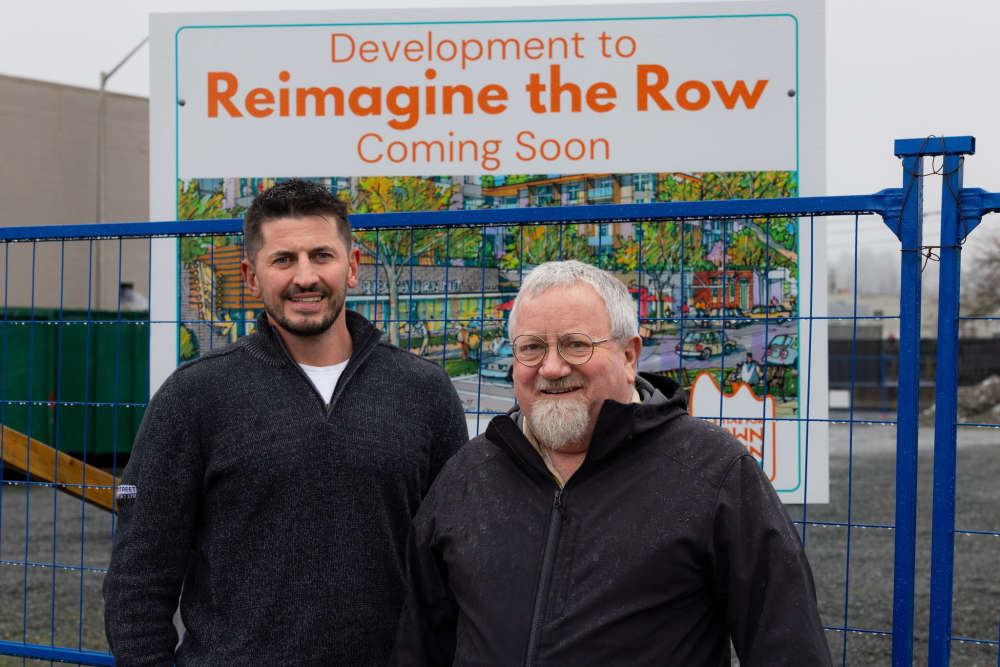
The Province is beginning work to ensure housing providers are able to take quick and decisive action against problematic tenants and guests, and address air-quality issues related to second-hand exposure to fentanyl.
A new working group will act on requests from housing providers for more authority to respond to urgent safety issues and to explore the potential to remove supportive housing from the Residential Tenancy Act.
The goal is to help better address problematic and dangerous individuals who are taking advantage of vulnerable people and better respond to weapons and criminal activity within supportive housing.
“Supportive housing is a vital and successful way to help people experiencing or at risk of homelessness come indoors and access supports, instead of living on the street or in unsafe encampments,” said Ravi Kahlon, Minister Housing and Municipal Affairs.
“We have heard from providers that they need more authority to take action and keep people safe, and we will be working with our partners to find a path forward that ensures people can live in a safe, inclusive and supportive environment.”
Housing providers have raised concerns about drug trafficking, weapons and crime in supportive housing, and difficulties removing individuals who are engaging in activities that affect the safety of other residents, staff and the community.
The group will work on a suite of potential measures to help address health and safety concerns.
In addition, the Province, including the BC Centre for Disease Control and in partnership with WorkSafeBC, is working to respond to significant changes to the ongoing toxic-drug crisis and its potential effect in supportive housing.
Coming out of the pandemic, inhaling or smoking fentanyl has become the predominant substance-use method, surpassing injection. As a result, in the past year, WorkSafeBC developed new air-quality safety standards with regard to second-hand exposure to fentanyl.
Early indications from a series of tests at 14 buildings in Victoria and Vancouver show some areas of supportive housing are more likely to have elevated levels of airborne fentanyl, above the limit WorkSafeBC has established.
The results in the reports, still being analyzed, will help contribute to the development of provincial exposure-reduction guidance being established by WorkSafeBC and BC Centre for Disease Control, with support from BC Housing and other health partners, to mitigate second-hand exposure to fentanyl in supportive housing and shelters.
To learn more, visit Government of British Columbia.


 Campbell River Partners With Local Developers On Reimagining The Row
Campbell River Partners With Local Developers On Reimagining The Row
 Public Safety Advisories Along Campbell And Puntledge Rivers
Public Safety Advisories Along Campbell And Puntledge Rivers
 CVRD Announces Agricultural Planning Coordinator And Steps For Implementing Comox Valley Agricultural Plan
CVRD Announces Agricultural Planning Coordinator And Steps For Implementing Comox Valley Agricultural Plan
 Campbell River Winter/Spring Recreation Registration Begins Today
Campbell River Winter/Spring Recreation Registration Begins Today
 Residents Urged To Stay Alert As Heavy Rain Continues On Vancouver Island
Residents Urged To Stay Alert As Heavy Rain Continues On Vancouver Island
